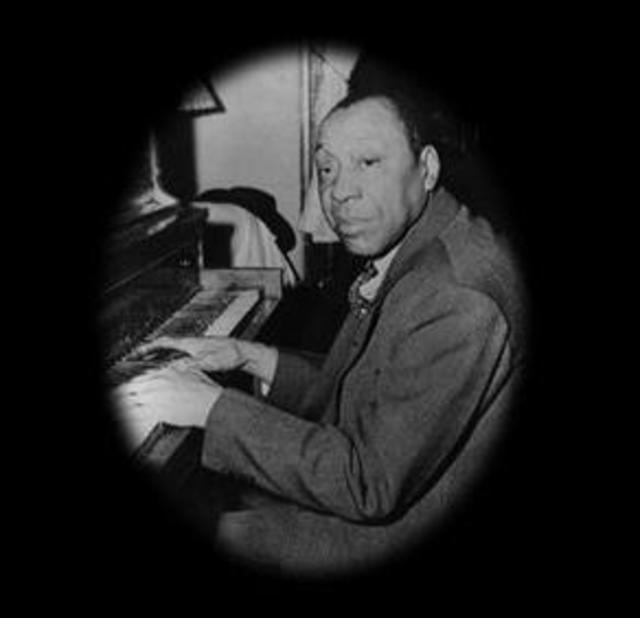Jimmy Yancey

Inductee: Jimmy Yancey (piano, vocals; born February 20, 1894/1898, died September 17, 1951)Jimmy Yancey is the progenitor of boogie-woogie piano, a style that eventually became a recognizable element of up-tempo blues and early rock and roll. The boogie-woogie craze came and went in the latter half of the Thirties, but Yancey had actually been playing in that style as far back as the 1910s and 1920s. A self-taught pianist, singer and dancer, he performed in a style characterized by rolling, rhythmic lines from his left hand played off against percussive accents from the right hand.Jimmy Yancey was born in Chicago on February 20, 1894 or 1898, depending on the source. He learned how to play piano from his older brother, Alonzo. Their father played guitar and was a dancer, and his sons were part of his act. Jimmy was also a baseball player, and during World War I, he played for the Chicago All-Americans, a Negro league team. He also served as a groundskeeper for the Chicago White Sox for much of his life. By 1915, Yancey was a noted pianist, and in the early Twenties, he was very much in-demand at rent parties and after-hours joints around Chicago. Though Yancey's piano style was very much boogie-woogie, his playing was delicate and subtle. He popularized a left-hand figure that became known as the "Yancey bass" and was later used in Pee Wee Crayton's "Blues after Hours," Guitar Slim's "The Things That I Used to Know" and many other songsYancey finally began recording in 1939. He recorded 17 songs in his first session, but only two of them were released as 78s. The other tracks were finally released after his death. Nonetheless, those recordings got things rolling for Yancey, and later that year he recorded the first of two sessions for Bluebird. The following year he recorded for both Bluebird and Vocalion. While critics, who cited the purity and originality of Yancey's approach to boogie-woogie, praised the recordings, they did not sell well, and this chapter of Yancey's recorded work ended after just 15 titles. Yancey returned to the studio in 1943, recording 16 songs for Chicago's Sessions label. Those tracks featured Yancey's wife, Estella "Mama" Yancey, on vocals. It wasn't until December 1950 that Yancey returned to the studio. He cut six tracks for the Paramount label. The, in July 1951, he went back into the studio and laid down 17 tracks for Atlantic.Two months after those Atlantic sessions, on September 17, 1951, Jimmy Yancey died of a diabetic stroke. Over the course of his career, he influenced many musicians, including Clarence "Pinetop" Smith and Charles "Cow Cow" Davenport, and his boogie-woogie style ultimately influence the development of rock and roll.Jimmy Yancey was inducted into the Rock and Roll Hall of Fame in 1986.